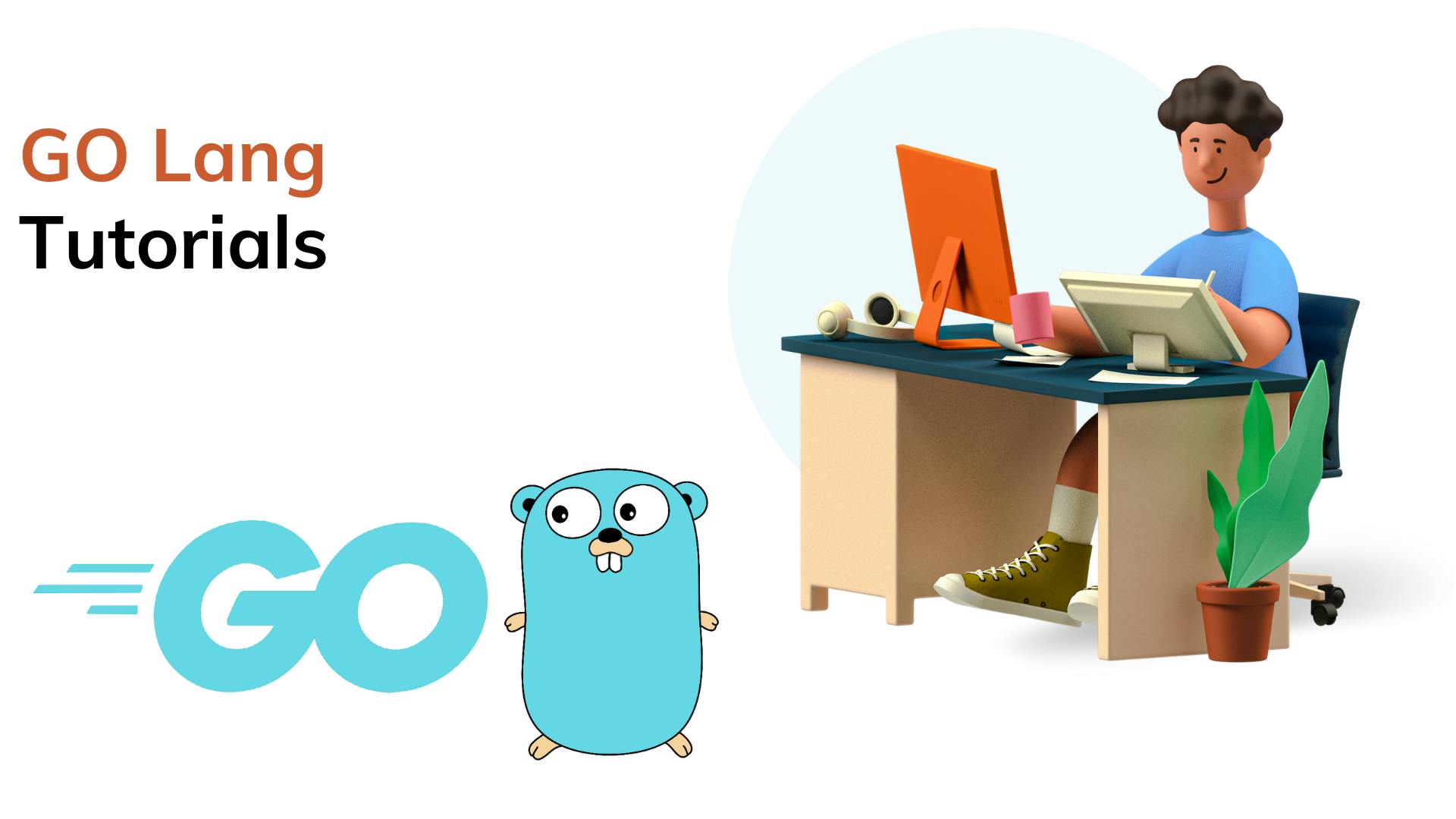The best way to check the equality of two maps is in Go.

Introduction:
In Go, maps are used to store key-value pairs. Sometimes, we need to check whether two maps are equal or not. In this article, we will discuss the best way to check the equality of two maps in Go.
Method 1: Iterate through the Maps
One way to check the equality of two maps is by iterating through each map and comparing the values of each key. Here is an example:
func MapsEqual(m1, m2 map[string]int) bool {
if len(m1) != len(m2) {
return false
}
for k, v1 := range m1 {
v2, ok := m2[k]
if !ok || v1 != v2 {
return false
}
}
return true
}
In the above code, we first check whether the length of both maps is the same or not. If the lengths are not equal, we can immediately return false as the maps are not equal. Then, we iterate through each key-value pair in the first map and compare its value with the corresponding key-value pair in the second map. If there is a mismatch, we return false. If all key-value pairs are the same, we return true.
Method 2: Using reflect.DeepEqual
Another way to check the equality of two maps is by using the reflect package in Go. Here is an example:
import "reflect"
func MapsEqual(m1, m2 map[string]int) bool {
return reflect.DeepEqual(m1, m2)
}
In the above code, we use the reflect.DeepEqual method to compare the two maps. The reflect.DeepEqual method is a general-purpose function for comparing two values of any type. It compares the values recursively and returns true if the values are equal.
While using the reflect.DeepEqual method is a simple and convenient way to check the equality of two maps, it is not recommended to use this method for large maps as it can be slow and inefficient.
Conclusion:
In this article, we discussed two methods to check the equality of two maps in Go. The first method involves iterating through each key-value pair in the maps and comparing them. The second method uses the reflect.DeepEqual method to compare the maps. While the second method is more concise and convenient, it can be slow and inefficient for large maps. Therefore, it is recommended to use the first method for large maps, and the second method for small maps.
I hope this helps, you!!
More such articles:
https://www.youtube.com/channel/UCiTaHm1AYqMS4F4L9zyO7qA
\==========================**=========================
If this article adds any value to you then please clap and comment.
Let’s connect on Stackoverflow, LinkedIn, & Twitter.
